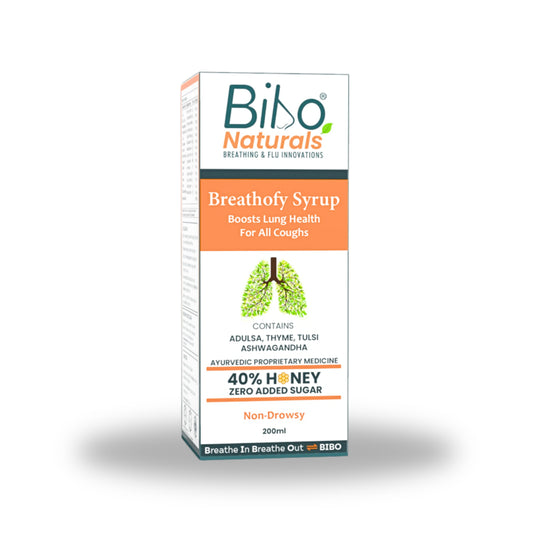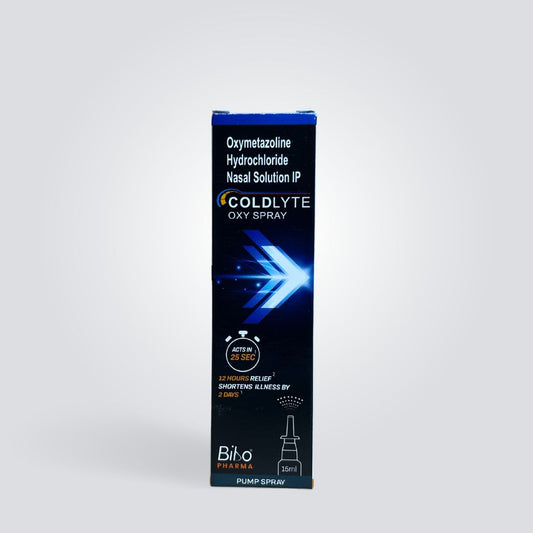
What are nasal polyps?
Nasal polyps, also termed nasal polyposis are growths on the lining of the nasal passages or sinuses. They are soft, painless and non-cancerous. Nasal polyps occur due to chronic inflammation due to asthma, sinusitis, recurrent infections, severe allergies, drug sensitivity or other conditions.
How do nasal polyps appear?
Nasal polyps may be yellowish-brown or pink with varying sizes. They look like teardrops. As they grow, they may acquire the shape of grapes. A nasal polyp can be an isolated growth. Sometimes, the polyps can also be seen in clusters.
These polyps can grow in one or both nostrils at the same time.
Types of nasal polyps
Ethmoidal polyps- these are the most common polyps. They develop from the ethmoid sinuses that are present between the eyes.
Antrochoanal polyps- usually occur from the maxillary sinuses (located behind the cheekbones) and are less common in nature.
What causes nasal polyps?
It can affect any age group, most likely the young and the middle-aged individuals. The exact cause for the development of polyps is unclear. Sometimes genetic factors may make an individual more prone to develop these polyps.
Individuals with recurrent infections and chronic inflammation also have higher chances of getting nasal polyps. Chronic inflammation can be due to sinusitis, asthma, allergies, recurrent infections or other conditions.
What are the symptoms of nasal polyps?
Patients are usually asymptomatic when these polyps are small, but when these polyps become large, they start to cause harm. Symptoms usually include,
- Blocked or stuffy nose
- Runny nose
- Post-nasal drip
- Nasal irritation and inflammation
- Nasal bleeding
- Snoring
- Difficulty in breathing (due to blocked nose)
- Pressure or pain in the sinuses, headache (due to swollen sinuses)
- Sleep apnea (potentially serious sleep disorder in which oxygen flow is stopped repeated at different intervals)
Can nasal polyps be felt with fingers?
When the nasal polyps grow in the nostrils, it is felt with the fingers as teardrops. They may be visible using a simple lighted instrument, torchlight or flashlight.
How to diagnose nasal polyps?
To diagnose nasal polyps, the doctor may ask you some questions about your symptoms, perform a general physical exam or even examine your nose.
Other diagnostic tests include-
Nasal endoscopy- an endoscope (a narrow tube with a tiny camera and light) will be introduced into the nasal cavity to examine the nasal and sinus area. This will give a clear idea of the size, location and condition of the nasal polyp.
CT scan- images obtained from CT scan will help describe the polyps in terms of size, location, and extent of swelling.
An allergy test- is done to find out if you are allergic to something that may contribute to the development of nasal polyps. It helps to know if the allergens are causing the irritation or inflammation of your sinuses.
In children with nasal polyps, the doctor may suggest a standard sweat test (non-invasive) for cystic fibrosis (an inherited condition in which the glands producing the mucus, tears, sweat, saliva and digestive juices are affected).
What are the treatment options for nasal polyps?
Saline nasal spray- a sterile saline solution is often used to clean and moisten the nasal passages. These nasal sprays thin the mucus in the nasal cavity and sinuses for easy expel from the nostrils.
Example: Bibo Saline Nasal Spray
Nasal corticosteroids - reduce the nasal inflammation, irritation and size of the nasal polyp.
Example: Budenase AQ Nasal Spray
Oral corticosteroids- if nasal corticosteroids aren't much effective.
Example: Predone
Dupilumab injection- to reduce the size of nasal polyps and reduces nasal congestion.
Anti-histamines- to treat allergic symptoms
Example: Okecet L, Avil
Antibiotics- for chronic infection.
Example: Augmentin, Azee, Taxim O
Surgery- is done to remove the nasal polyps when other treatments don't work.
For small polyps, a procedure called polypectomy will be performed. In this procedure, a small suction device will be inserted into the nasal cavity to cut and remove the polyp. Larger polyps are removed by endoscopic surgery.
Can nasal polyps be removed without surgery?
Medicines usually shrink the polyps and help to reduce symptoms of nasal polyps. But they cannot remove them. Surgery is the only way to remove nasal polyps. Nasal polyps may often reoccur even after their removal.
How can you prevent nasal polyps from occurring or becoming worse?
- Use a humidifier to moisten the nasal passages.
- Saline nasal wash or rinse can help to drain the dust, excess mucus, bacteria and other allergens from the nasal cavity and sinuses. Use distilled, sterile or previously boiled and cooled water to avoid getting infections.
- Avoid polluted and pollinated places as they may trigger the symptoms or cause nasal polyps.
- Practice good hygienic conditions, such as washing your hands regularly.
- Wear a face mask in a polluted environment.
- Try to manage your allergies, asthma, sinusitis and other such conditions.
What happens if the nasal polyps are left untreated?
Normally, people ignore nasal polyps assuming it to be a boil or infection. They are usually non-fatal, but when left untreated, these polyps can cause serious health problems like chronic sinusitis, obstructive sleep apnea and asthma flare-ups (also known as an asthma attack or exacerbation of asthma). All these conditions ultimately lead to difficulty in breathing.
If polyps are left untreated for a very long time, they may damage the structure of the nose by widening it and narrowing the space between the eyes.
These polyps can even damage nearby structures such as the eyes and brain.
The olfactory nerves (that allow you to smell) may get damaged due to nasal polyps.
There are some home remedies for mitigating the symptoms associated with nasal polyps
How Bibo Help!
Bibo products can help you manage the symptoms of nasal polyps. The products used for nasal polyps are.
Bibo vapor rub is easy to apply. It is enriched with peppermint oil, eucalyptus oil, lavender oil, coconut oil, tulsi and aloe vera. It is safe to use, as it doesn't contain petroleum jelly, which is harmful. Use a Bibo vapor rub to deal with breathing difficulties, nasal congestion, common cold, and headache.
Bibo clear vapor patch is India's first hand-free inhaler. All you have to do is, remove the back cover of the patch and stick it to your pillow or outer clothing to open up the blocked nose and airways and enjoy clear breathing.
Bibo saline nasal spray is not just a saline spray. It is fortified with the benefits of tulsi and xylitol. Tulsi is a well-known herb for its antibacterial and immunity building properties. Xylitol helps to reduce the swelling of the nose and airways and improves immunity. It is an ideal solution for Neti kriya.
References:
- Newton, J. R., & Ah-See, K. W. (2008). A review of nasal polyposis. Therapeutics and clinical risk management, 4(2), 507–512. https://doi.org/10.2147/tcrm.s2379
- Stevens, W. W., Schleimer, R. P., & Kern, R. C. (2016). Chronic Rhinosinusitis with Nasal Polyps. The journal of allergy and clinical immunology. In practice, 4(4), 565–572. https://doi.org/10.1016/j.jaip.2016.04.012
- Rajeev, Lekshmi & Ibrahim, Lulu & AM, Muhsina & Kumar, Madhumita & Babu, Merin & P, Uma. (2020). Study of Nasal Polyps in a Tertiary Care Hospital. International Journal of Research in Pharmaceutical Sciences. 11. 2921-2925. 10.26452/ijrps.v11iSPL4.4581.
- Kilty, S. J., & Lasso, A. (2022). Canadian real-world study of access and clinical results using dupilumab for chronic rhinosinusitis with polyps. Journal of Otolaryngology - Head & Neck Surgery = Le Journal D'oto-rhino-laryngologie Et De Chirurgie Cervico-faciale, 51(1), 17. https://doi.org/10.1186/s40463-022-00570-0




